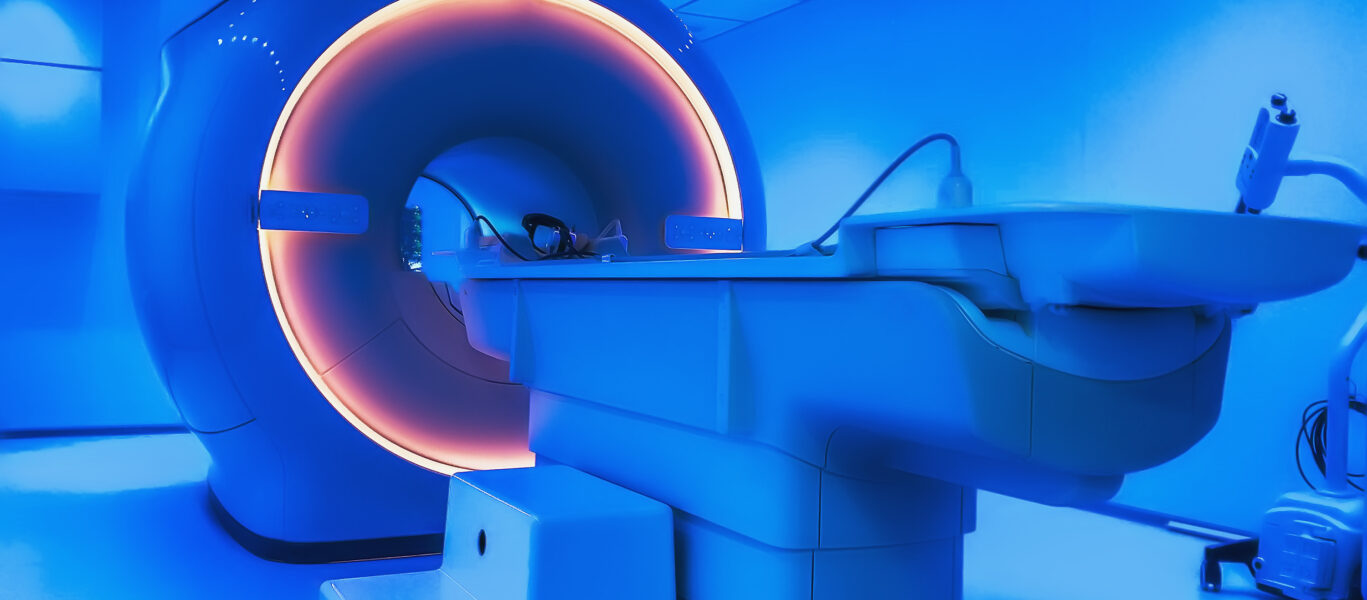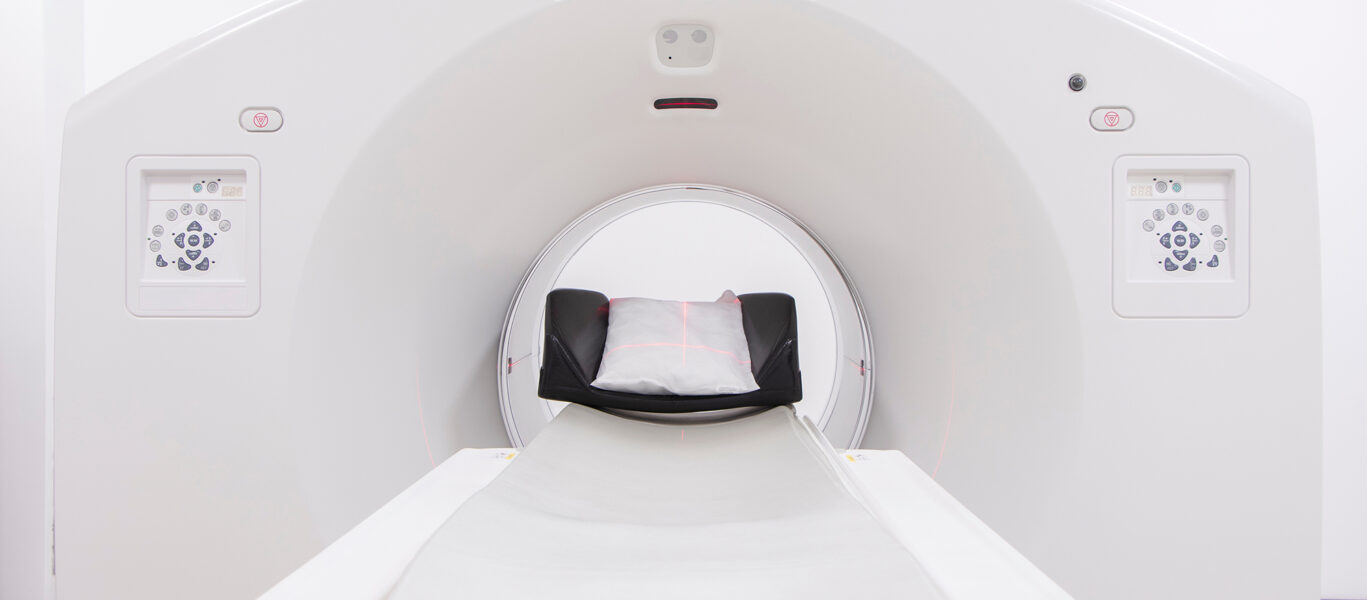Ontario’s nuclear reactors were built to provide our province with clean, affordable and reliable energy 24 hours a day, seven days a week—and they have delivered on this mission admirably for over 6 decades. But in more recent years, Ontario’s nuclear fleet has also started doing something no other form of energy production can even come close to: it saves lives. Ontario’s nuclear reactors are becoming the backbone of a thriving nuclear medicine industry that is putting the province on the cutting edge of medical innovation.
“CANDU reactors look very much like a tin can turned on its side, with all of the fuel running sideways through it. And in this case, we have a tube that runs vertically from the top of the can to the bottom and through the water, but which does not touch the fuel—it's just in near proximity to the fuel. And with installation of this project, targets are lowered in a little basket down the tube,” said Jennifer Chapin, Director of Projects for Laurentis Energy Partners, a subsidiary of OPG.

Jennifer was a guest on The Climate Challengers to explain the process by which Laurentis Energy Partners will utilize OPG’s nuclear power reactors to irradiate specialized targets which can then be processed for use in nuclear medicine or for a host of other applications, from border security to sterilization to emergency exit lighting.
“The whole deal with turning on a nuclear reactor is essentially you turn on the neutrons and the neutrons start flying around and that's what makes the power. The targets that we're putting in there are absorbing some of those neutrons—so instead of absorbing neutrons and making power they're absorbing neutrons and becoming activated radioisotopes. For example, Moly 98 becomes Moly 99 because it's absorbing those neutrons,” Jennifer told Osama.
Nuclear medicine can be broken down into two main categories: diagnostic and therapeutic. For diagnostic procedures, specialized radioactive isotopes—harvested from Ontario’s nuclear power reactors—are inserted into a patient and distributed throughout the body using natural circulatory systems. These tracer isotopes are designed to do two things: attach to certain diseases, such as tumours or cardiovascular diseases, and be detectable to specialized cameras such as a positron emission tomography (PET) scanner. When the tracer isotopes show up on the PET scan, they reveal the metabolic or biomechanical function of tissues and organs in a way that allows doctors to detect abnormalities; the tracer collects around the areas where disease is present. This gives doctors a tool for early diagnosis of disease as well as a way to monitor the efficacy of treatments.
For therapeutic nuclear medicine, a similar process is used, typically with an intravenous injection of a radiopharmaceutical, but one that has been specifically designed to attach to a tumour site and emit low levels of radiation that effectively kill those tumour cells from within the body. This provides a more targeted treatment than traditional radiation therapy which irradiates a larger area using an outside source of radiation.
“We're able to deliver that radio pharmaceutical into the patient and then just because of a physiology circulation in the blood … they will bind to these tumors, sometimes they'll be taken into the tumors, and these therapeutic isotopes have different types of radiation that they emit,” Dr. David Laidley of London Health Sciences Centre told Osama. “So lutetium has a different type of beta emission, which is basically emission of an electron, which can target the DNA of a tumor and as that radiation is being emitted a very short distance, it's interacting with those tumor cells and basically causing single strand DNA breaks. These DNA breaks are, you know, very difficult for tumors to repair,” Dr. Laidley continued.
Dr. Laidley is both a practicing nuclear medicine doctor and a researcher, and on both fronts, he is excited about advances in the field of nuclear medicine and the way Ontario is continuing to be a leader in the field.
“Another innovation in nuclear medicine, coming out of different reactors and facilities in Canada is alpha radiation, which comes from a substance called actinium. This is a different type of radiation, an alpha emitter, and it is basically emitting a very large particle with really high energy for a very short distance. So again, they get bound to the tumour cells, sometimes they get internalized into the tumor and then they emit their alpha particles. And these types of radiation can produce what we call double stranded DNA breaks. So these are very, very lethal to tumor cells. And again, because of the very short distance, we expect that the amount of damage to normal tissue will be very minimal,” said Dr. Laidley.
Over 40 million nuclear medicine procedures are performed each year globally, and Ontario plays a big role in providing the isotopes and expertise. “One of the side benefits of having a strong nuclear reactor program in Ontario is that a lot of these reactors now are recognizing the benefit of extracting these isotopes while generating electricity,” said Dr. Laidley. And according to Jennifer, Laurentis Energy Partners intends to take full advantage of Ontario’s CANDU reactors and the burgeoning domestic and international demand for medical isotopes. “We are looking to produce moly-99 at Darlington and, in partnership with MWXT Medical, to become one of the dominant suppliers globally,” said Jennifer.
Moly-99, or molybendum-99, is an isotope that is used primarily for the detection of disease—a tracer material. Until recently, the production of moly-99 created lots of waste, but scientists at BWXT have now cracked the code and figured out how to make moly-99 in a nuclear power reactor, and Ontario’s CANDU reactors have the ideal thermal neutron flux to do the job. The first production of Moly-99 from an OPG reactor is expected to occur at the end of 2022.
Another recent development that has Dr. Laidley looking hopefully towards the future is the application of lutetium-177 to treat advanced prostate cancers—and potentially breast and other cancers. “There is a tremendous patient population right now with unmet needs and we are expecting that to be filled, hopefully in the next few months. So going back to the supply of lutetium products, having that reliable supply chain, for the amount of patients that have this disease, is going to be critical moving forward in the future,” said Dr. Laidley.
Ontario’s nuclear power reactors are a critical piece of OPG’s goal to be a net-zero company by 2040 and a catalyst for achieving a net-zero economy by 2050. But it doesn’t stop there. With the advances that doctors and researchers are making in nuclear medicine, and the province’s position as a leader in the production of medical isotopes, Ontario’s nuclear power reactors are poised to support the people of Ontario in ways that go well beyond climate action. While Ontarians enjoy their clean, reliable and affordable supply of nuclear power, they can also be assured that this energy source is busy helping doctors detect and treat an ever larger number of diseases.
Nuclear medicine: Radiating health
Nuclear medicine: Radiating health

The information, statements, comments, views and opinions expressed during this podcast are solely those of the program participants and do not necessarily represent those of Ontario Power Generation Inc. or its affiliates.


